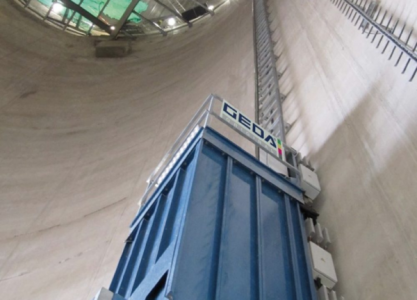- Joined
- Sep 29, 2014
- Messages
- 2,102
A majority of people spend their lives working in industries that have no E-Stop devices because they are not needed in most offices.LOL boy you have to be pretty clueless (and drunk) not to figure that one out
Mark
As beneficial as it may be sales people have none either, this is an egregious oversight.


